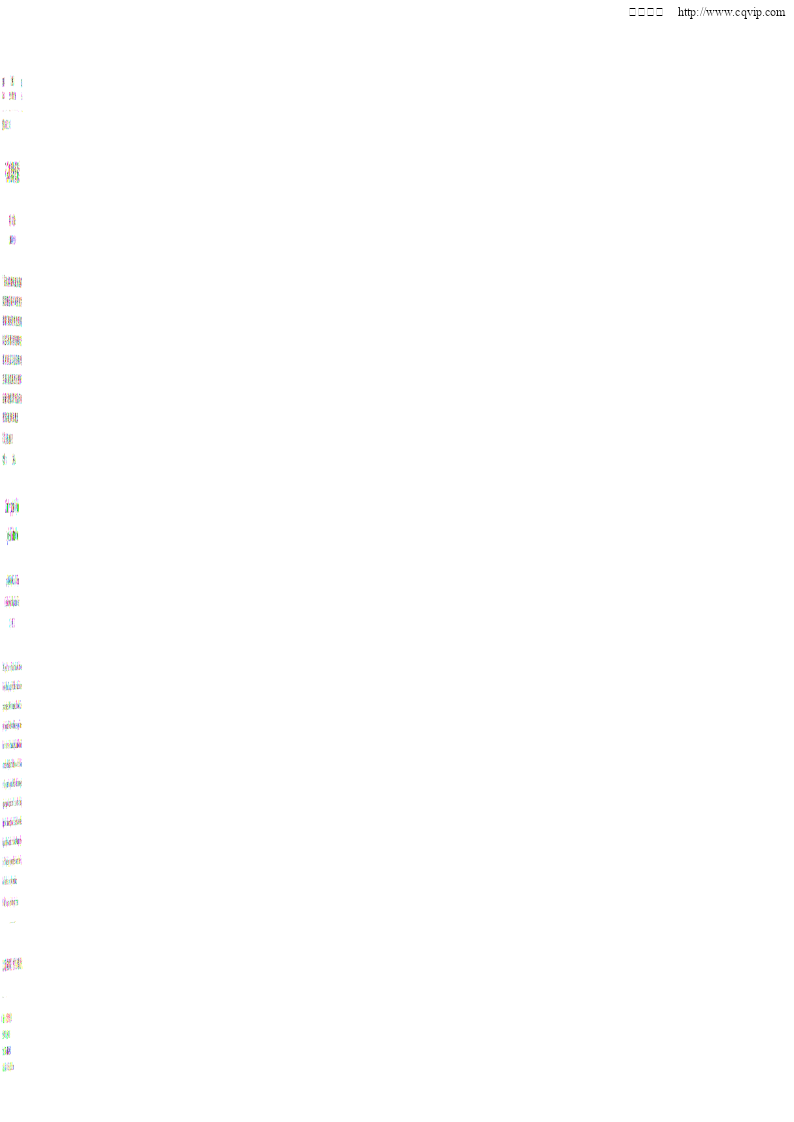
不同基体炭CC复合材料的摩擦磨损性能.pdf

qw****27






在线预览结束,喜欢就下载吧,查找使用更方便
相关资料

不同基体炭CC复合材料的摩擦磨损性能.pdf
第15卷第3期中国有色金属学报2005年3月V01.15No.3TheChineseJournalofNonferrousMetalsMar.2005文章编号:1004—0609(2005)03—0446—06不同基体炭c/c复合材料的摩擦磨损性能①李江鸿,熊翔,巩前明,黄伯云(中南大学粉末冶金国家重点实验室,长沙410083)摘要:以炭纤维针刺毡为预制体,采用化学气相沉积法(CVI)和结合液相浸渍树脂或沥青法制备了热解炭为粗糙层与光滑层结构的准三维c/c复合材料,并研究了这些材料在0.6MPa的模拟刹车

沥青炭基CC复合材料的制备及摩擦磨损性能研究的开题报告.docx
沥青炭基CC复合材料的制备及摩擦磨损性能研究的开题报告一、选题背景随着现代工业的发展,机械设备的使用频率和工作环境越来越复杂,对材料的性能要求也越来越高,尤其是在高温、高压等极端环境下,材料的摩擦磨损性能直接影响设备的可靠性和寿命。因此,寻找一种能够适应各种复杂工况的高性能复合材料,成为材料科学领域研究的热点之一。近年来,研究发现将炭素纤维和碳纳米管等碳材料与沥青复合可以形成沥青炭基复合材料,其具有优异的机械强度、热稳定性以及抗摩擦磨损性能。其中,沥青的黏度和粘结性能可以改善材料的摩擦性能,而碳材料的高耐

不同炭基体CC—SiC制动材料压缩性能研究.pdf
第29卷第1期矿冶工程V0l_29No1February20092009年02月MGANDnETALLURGICALENGINEERING不同炭基体C/C.SiC制动材料压缩性能研究①秦明升,肖鹏,熊翔,李专(中南大学粉末冶金国家重点实验,湖南长沙410083)摘要:选用热固性酚醛树脂A和热塑性酚醛树脂B分别与短炭纤维、石墨粉、硅粉、碳化硅按一定的比例混合后,采用温压一原位反应法制备C/C—SiC试样1和试样2。研究了不同基体的C/C—SiC材料的压缩性能。试样1在垂直纤维层方向压缩载荷作用下,没有出现纤

不同炭基体CC-SiC制动材料压缩性能研究.docx
不同炭基体CC-SiC制动材料压缩性能研究摘要本文研究了不同炭基体CC-SiC制动材料的压缩性能。通过对不同炭基体材料的压缩实验,比较了它们在压缩应力、压缩应变和材料力学性质方面的差异。结果显示,不同炭基体的材料具有不同的压缩性能和力学特性。本研究可为制动材料的研究与应用提供一定的参考。关键词:炭基体;CC-SiC;压缩性能;制动材料引言制动系统作为汽车最主要的安全保障系统之一,其重要性不言而喻。制动材料是制动系统的核心部分,其质量和性能直接影响到整个制动系统的效果和可靠性。近年来,炭基体CC-SiC材料

CC复合材料摩擦磨损特性的研究.docx
CC复合材料摩擦磨损特性的研究CC复合材料摩擦磨损特性的研究摩擦磨损是材料工程领域中一个重要的研究内容,对于材料的使用寿命以及性能稳定性有着重要的影响。CC复合材料是一种由碳纤维和基体材料通过复合工艺制备而成的材料,具有优异的力学性能和热稳定性,在汽车制造、飞机制造、航天装备等领域有着广泛的应用。然而,复合材料的摩擦磨损行为在实际应用中仍存在一些问题,如磨损率高、表面粗糙度增加等。因此,研究CC复合材料的摩擦磨损特性,对于进一步提高其应用性能具有重要意义。一、CC复合材料的摩擦磨损机理CC复合材料的摩擦磨
